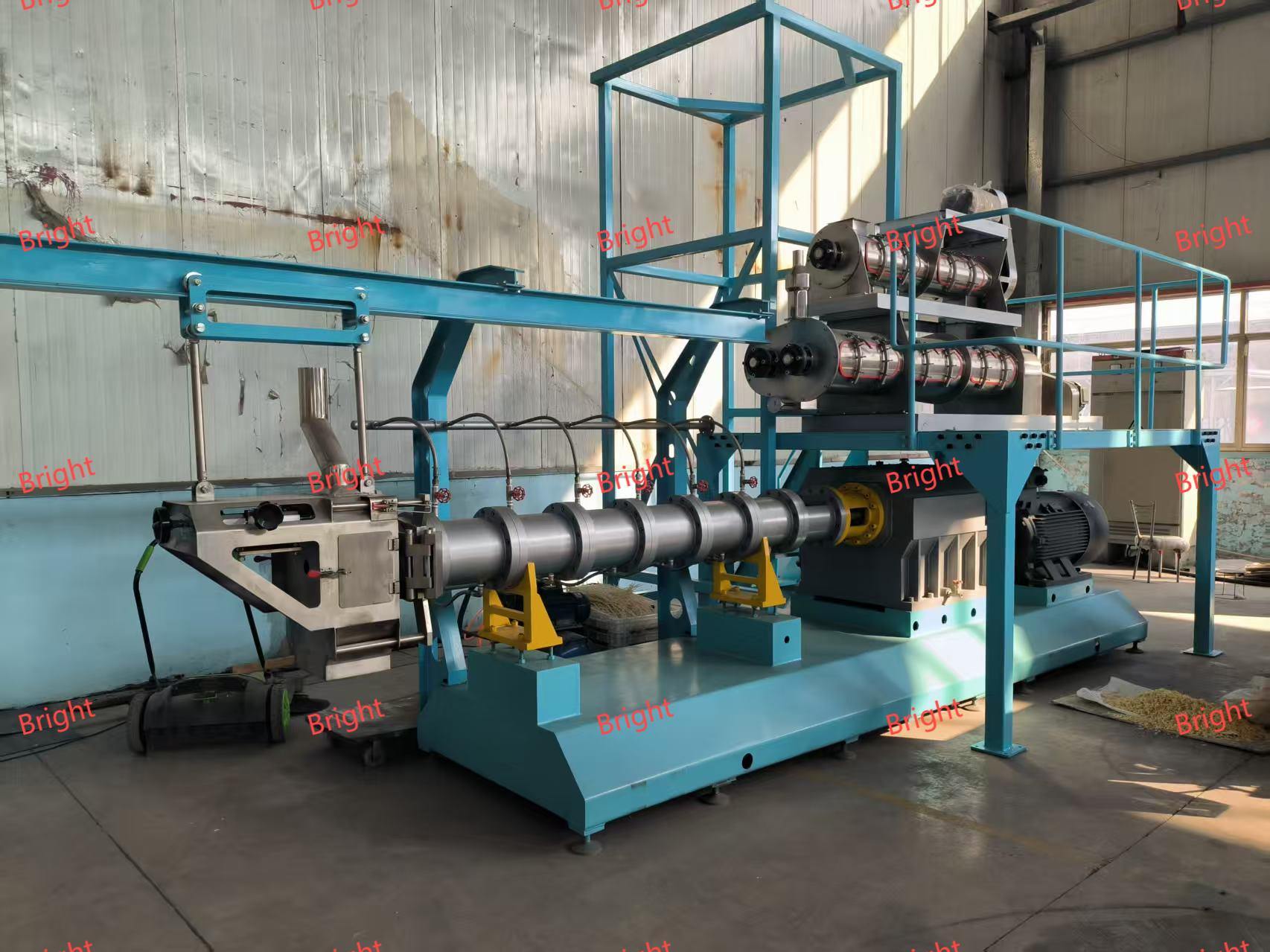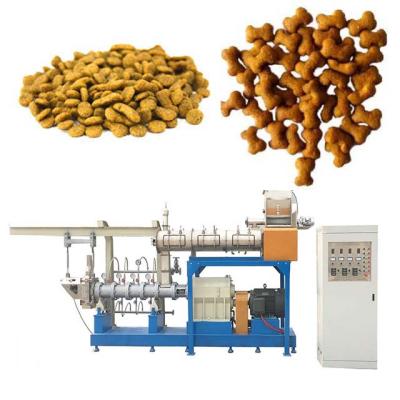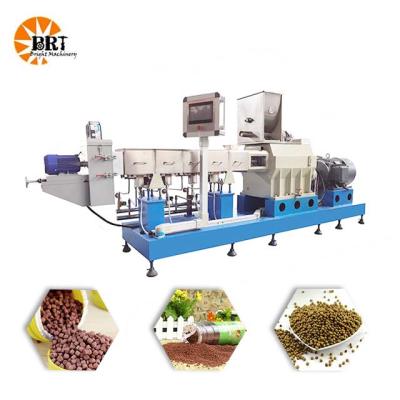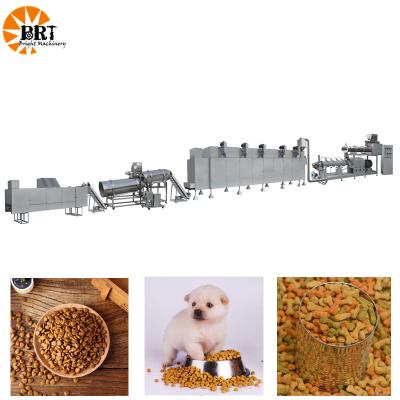What is the Role of Appetite Stimulants in Pet Food Production
What is the Role of Appetite Stimulants in Pet Food Production?
Chicken liver is a cost-effective functional ingredient in pet food (cat food/dog food), which can improve palatability and provide key nutrients

The core value of chicken liver
Nutritional advantages High protein and low fat: crude protein ≥60% (dry basis), fat ≤15%, better than most animal offal.
Vitamin treasure trove: Vitamin A (retinol) content reaches 14,000-25,000 IU/100g, meeting more than 300% of the daily needs of cats and dogs; rich in B12 (hematopoiesis) and iron (high bioavailability). Natural attractant ingredients: Contains nucleotides (IMP/GMP), free amino acids (glutamic acid, glycine) and other umami substances.
Economical: The price is only 1/3-1/2 of beef liver (chicken liver powder in China is about 40-60 yuan/kg, and fresh liver is 8-12 yuan/kg). The utilization rate of slaughter by-products is high and the supply chain is stable.

Practical Application
Dry food: add 3-5% chicken liver powder (replace 1/3 meat powder), the palatability is improved by 50%+.
Wet food: use 10-15% fresh chicken liver (compounded with chicken), and add 0.1% taurine (partial loss during chicken liver processing).
Freeze-dried snacks: pure chicken liver freeze-dried blocks (slice thickness 2-3mm, -40℃ vacuum drying).
1. Dog food (auxiliary addition)
Economic dog food: 2-3% chicken liver powder + yeast extract compound use.
Functional food: enzymatic chicken liver pulp (0.5-1%) is used for elderly dog food (to promote appetite).
Chicken liver can reduce the cost of pet food (compared with pure muscle raw materials) and significantly improve product competitiveness through reasonable application, but the key to its use lies in the precise control of the amount of addition and processing technology.


